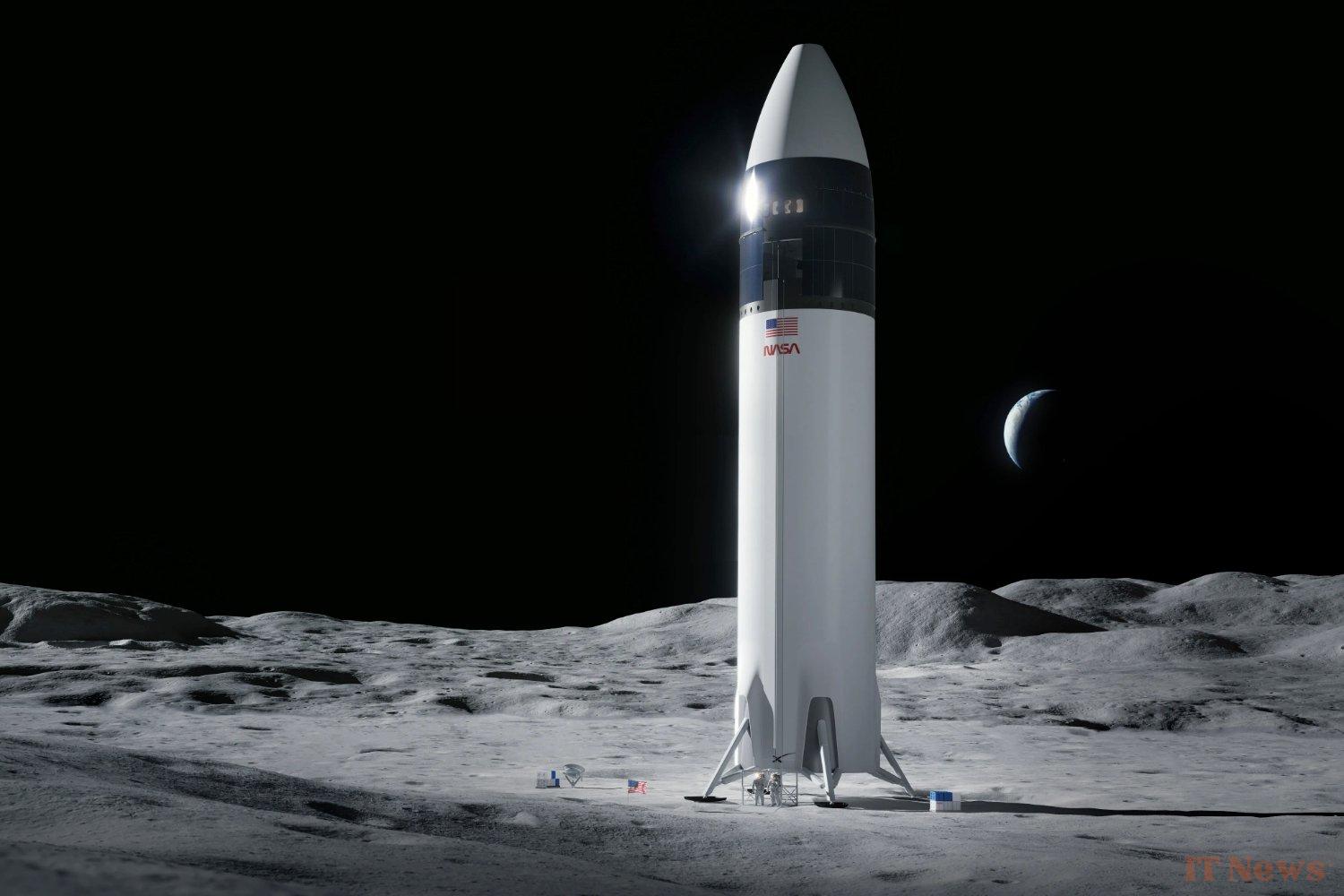Rather than September 2025, the Artemis II mission will be sent in April 2026. The American space agency, NASA, has pushed back the deadlines for its Artemis program, including the Artemis III mission, which will see two astronauts walk on the lunar surface for six days, which has been pushed back to mid-2027. A delay justified on Thursday, December 5, during a press conference by Bill Nelson, NASA's general administrator, who mentioned the need to finish adjusting the Orion spacecraft.
"Space is a demanding field. We, our industrial and international partners need this time to ensure that the Orion capsule is ready to safely transport our astronauts into deep space and bring them back to Earth," declared the man at the head of NASA, who will be replaced at the beginning of next year by a close friend of SpaceX, Jared Isaacman, under the governance of Donald Trump.
The problems of the Orion spacecraft
This is the first time that NASA has acknowledged that the difficulties encountered during the first flight of the Artemis program were not 100% successful. Indeed, upon its return to Earth, the Artemis I mission had encountered difficulties with the heat shield of its Orion spacecraft. Unlike re-entry from low orbit, a capsule returning from lunar orbit returns at a much higher speed and must therefore be ready to withstand the shock.
On board the spacecraft, the temperature would have remained close to ambient temperature, which means that the Artemis I mission would not have hindered the safety of a crew. However, the Orion capsule must be fully ready for Artemis II, which will indeed take astronauts on board for a dress rehearsal before Artemis III, and the risk due to atmospheric re-entry must be reduced as much as possible. To correct the situation, NASA has also found a new way, regarding the trajectory of the spacecraft.
"For Artemis 2, engineers will limit the time that Orion spends in the temperature range in which the Artemis 1 heat shield phenomenon occurred by modifying the distance at which Orion can fly between the moment it enters the Earth's atmosphere and the moment it lands," NASA specified later after its press conference, on its website. As for the landing zone, it will be closer to the Californian coast, so that support teams can get to meet the crew as quickly as possible.
At the same time, NASA engineers are working on Orion's battery problems, as well as its environmental life support system.
Artemis enters a new administration in the SpaceX style
Finally, it should be noted that Artemis III will be carried out with SpaceX's Starship rocket, whose upper stage will serve as a lunar lander (Starship HLS). While the rocket is on its sixth test flight, it has not yet had a crew on board and will still have to be certified for this. A delay that would not necessarily explain the delay of the Artemis program, since SpaceX could, on the contrary, offer NASA a solution to an SLS rocket that is too expensive.
The period is critical: with the arrival of a new Trump administration and a close friend of Elon Musk at the head of NASA, SpaceX could replace the SLS launcher with its Starship.
Source: Space.com



0 Comments